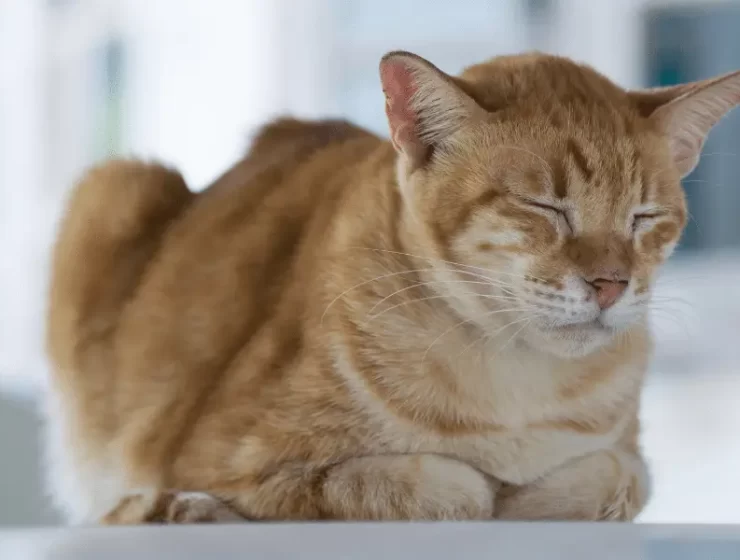Urinary Tract Infection in Cats: Symptoms, Causes and Nutritional Importance A clean and infection-free urinary tract infection in cats to live a healthy and happy life. However, it is sometimes possible for cats to develop urinary tract infections. These infections can negatively affect their quality of life and cause serious problems. In this blog post, we’ll explain the symptoms of urinary tract infections in cats, the extra signs of infection, the causes of infection, and the importance of food. Let’s take a look at raising awareness and taking precautions so that our animal friends can live a life full of health.
Symptoms of Urinary Tract İnfection in Cats
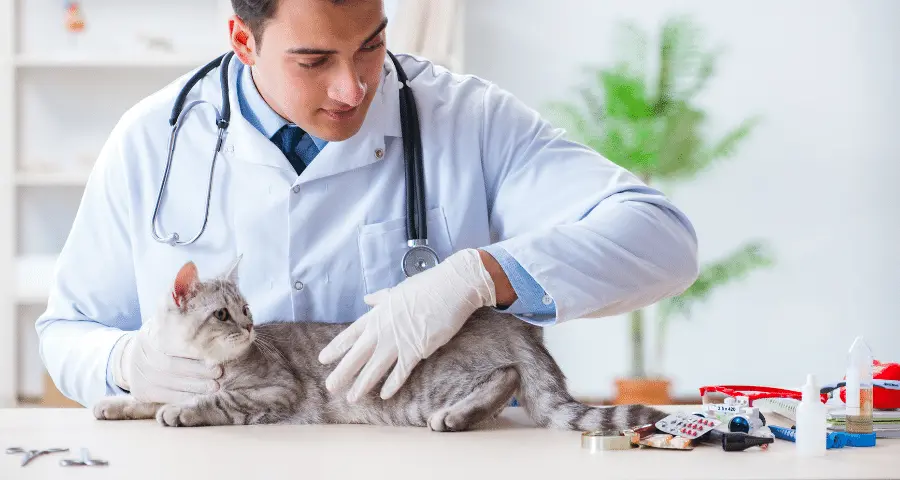
Urinary tract infections in cats are a common problem for cat owners. These infections are caused by the proliferation of bacteria in the cat’s urinary tract. In this article, we’ll look at the symptoms of urinary tract infections in cats.
Signs that a cat has a urinary tract infection usually start with an increase in the frequency of urination. If your cat visits the toilet frequently or has difficulty toileting, it may have a urinary tract infection. There may also be pain or a burning sensation during urination.
Cats with urinary tract infections may also have changes in the color and smell of urine. The urine may have a darker color and smell worse than usual. Checking your cat’s urine can help you detect signs of infection early.
Increased frequency of urination: A feline urinary tract infection can be characterized by a frequent need to urinate.
Difficulty urinating: If your cat has difficulty or pain when urinating, it may have a urinary tract infection.
Changing urine color and odor: An infected cat may urinate in a darker color and smell worse than usual.
These symptoms may suggest a feline urinary tract infection, but it’s important to consult your veterinarian for a definitive diagnosis. By analyzing a urine sample, your veterinarian can diagnose the infection and start the treatment process.
| Symptom | Meaning |
|---|---|
| Increased frequency of urination | If your cat visits the toilet more often than usual, it may have a urinary tract infection. |
| Difficulty during urination | If your cat has difficulty or pain when going to the toilet, it may have a urinary tract infection. |
| Changing urine color and odor | An infected cat may urinate in a darker color and with a fouler smell than usual. |
Extra Symptoms of urinary tract infection in cats
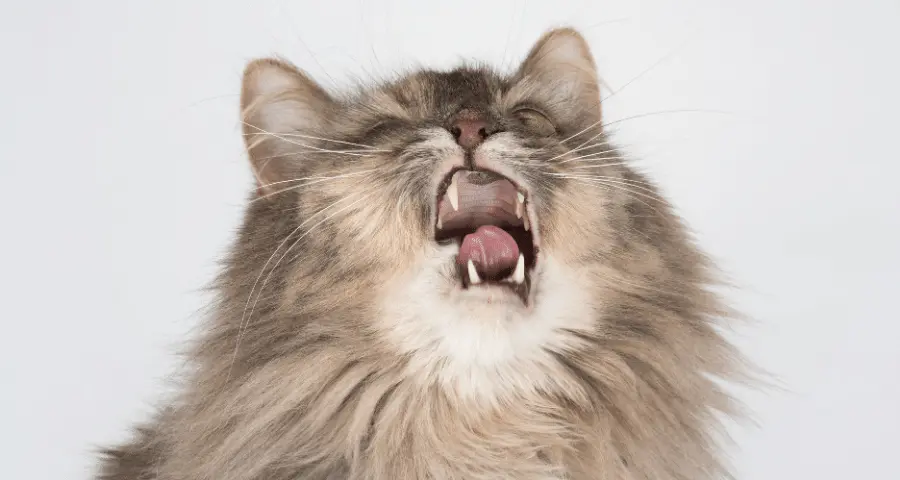
Urinary tract infections are a common health problem in cats. The symptoms of this type of infection usually appear during and after urination. However, in some cases, extra symptoms may also appear. These signs may indicate that your cat is fighting the infection and is struggling to maintain the health of its body.
Vomiting Urinary tract infections in cats can cause digestive system problems such as nausea and vomiting. Your cat may experience stomach discomfort and problems with gastric emptying. If your cat is constantly vomiting, it is important to consult a veterinarian.
Bad Breath: Urinary tract infections can cause an unpleasant odor in the mouth. This is the result of urinary tract germs reaching the mouth. If you notice a foul odor coming from your cat’s mouth, this could be a sign of infection.
Loss of Appetite: Infections can negatively affect your cat’s appetite. A cat with a urinary tract infection will often refuse to eat or eat less than usual. If you notice a marked decrease in your cat’s appetite, you should consider the possibility of infection. These extra symptoms can be a sign of other health problems besides a urinary tract infection. Therefore, it is important to carefully observe your cat’s symptoms and seek expert advice from a veterinarian.
Given all the symptoms, it is important to consult a veterinarian if your cat is suspected of having a urinary tract infection. The veterinarian will evaluate your cat’s medical history and symptoms and, if necessary, perform tests to arrive at the correct diagnosis. When urinary tract infections are detected and treated early, it is possible to help your cat maintain good health.
While extra symptoms may indicate that your cat is struggling with an infection, it is important to remember that each individual symptom can also indicate other health problems. Therefore, consulting a veterinarian for proper diagnosis and treatment is the best approach.
These extra symptoms indicate that your cat may have other health problems besides a urinary tract infection. If you notice any of these symptoms in your cat, it is important to contact your veterinarian immediately. Early diagnosis and treatment will help your cat to maintain good health.
| Veterinary Advice |
|---|
| Watch your cat’s drinking habits carefully and observe any changes in the frequency of urination. |
| Check the litter box regularly to keep track of your cat’s urine. It can give information about the color, smell and texture of the urine. |
| Pay attention to your cat’s hygiene and take it to the vet for regular check-ups. This helps reduce the risk of infection. |
Causes of Urinary Tract Infection
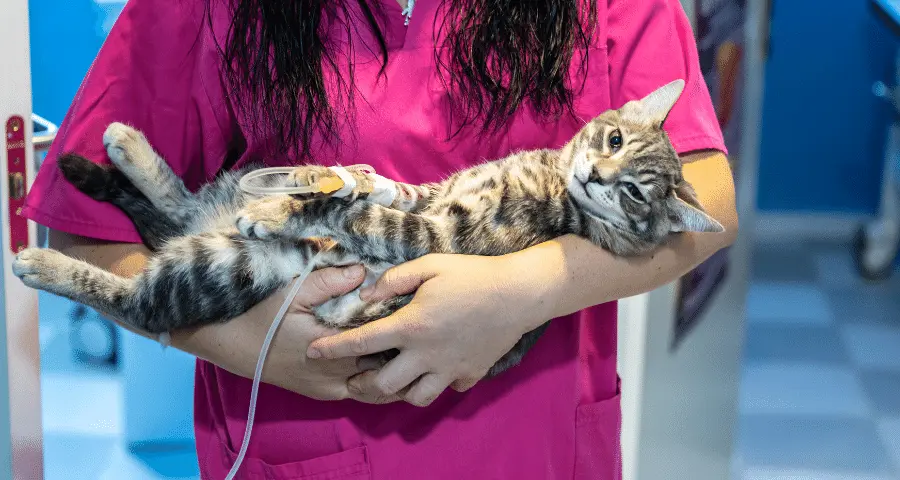
Causes of urinary tract infection in cats are a common health problem that can be caused by many factors. These infections occur when bacteria in the urinary tract multiply. A urinary tract infection usually starts in the bladder and travels up the urinary canal during urination. This causes pain and discomfort in cats. Causes of urinary tract infection can include the following:
- Bacteria: One of the most common causes is bacteria entering the urinary tract. These bacteria are usually found in feces, such as E. coli. If the cat is in an unclean environment or uses an unhygienic toilet, this can increase the risk of infection.
- Weak Immune System: A weak immune system in cats can increase the risk of urinary tract infections. In cats with a weakened immune system, the body’s defenses against infections decrease and the risk of infection increases.
- Anatomical Problems: Anatomical problems can also be among the causes of urinary tract infections in cats. For example, there may be problems such as narrowing or obstruction in the cat’s urinary tract. This can lead to incomplete urine excretion and an increased risk of infection.
BacteriaWeak Immune SystemAnatomical ProblemsOne of the most common causes is bacteria in the feces, such as E. coli, entering the urinary tract.A weak immune system in cats can increase the risk of urinary tract infections.Cats can have anatomical problems, such as a narrowed or blocked urinary tract.Being in an unclean environment or using an unhygienic toilet can increase the risk of infection.A weak immune system reduces the body’s defenses against infections.Incomplete urine elimination can lead to an increased risk of infection.
Importance of Food in Urinary Tract Infection
| Bakteriler | Zayıf İmmün Sistem | Anatomik Sorunlar |
|---|---|---|
| En yaygın nedenlerden biri, dışkıda bulunan E. coli gibi bakterilerin idrar yoluna girmesidir. | Kedilerde zayıf bir bağışıklık sistemi, idrar yolu enfeksiyonu riskini artırabilir. | Kedilerde idrar yolunda daralma veya tıkanma gibi anatomik sorunlar yaşanabilir. |
| Temiz olmayan bir ortamda bulunmak veya hijyenik olmayan bir tuvalet kullanmak, enfeksiyon riskini artırabilir. | Zayıf bağışıklık sistemi, enfeksiyonlara karşı vücut savunmasını azaltır. | İdrarın tam olarak atılamaması, enfeksiyon riskinin artmasına neden olabilir. |
Importance of Food in Urinary Tract Infection
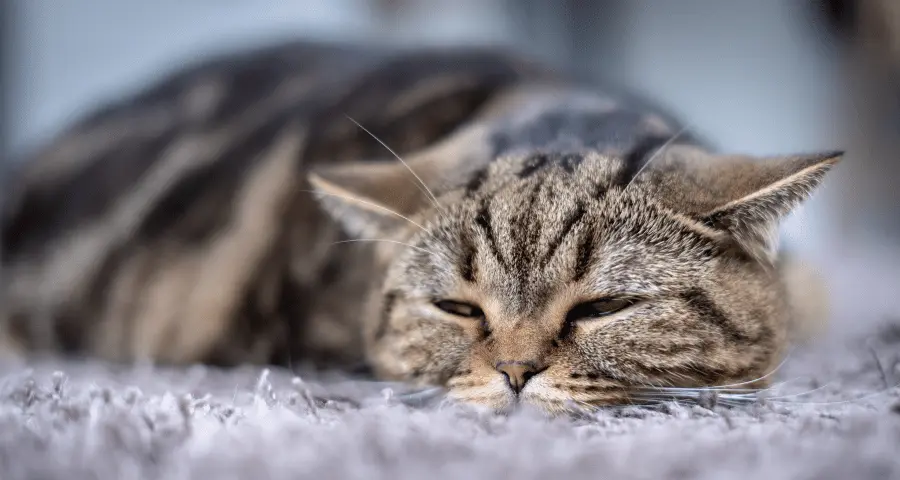
A urinary tract infection is an unpleasant condition that can affect people and cats. This infection occurs when bacteria enter the urinary tract and is characterized by symptoms such as frequent urination and cloudy or bloody urine. As with humans, cats need the right diet to prevent and treat this problem.
Diet and urinary tract infection
Diet can affect the overall health of cats, as well as the risk of urinary tract infections. The food and water your cat consumes plays an important role in maintaining urinary tract health. Water reduces the risk of infection by diluting urine and cleansing the urinary tract system. Therefore, cats should have access to plenty of clean drinking water. It’s also important to keep your cat’s water bowl clean and provide fresh water at all times.
Foods useful for urinary tract infection
| Nutrients | Benefits |
|---|---|
| Cranberry | Cranberries contain proanthocyanidins, a natural antibacterial component that can reduce the risk of urinary tract infections. If your cat consumes cranberries in a nutritious diet, it can reduce the chance of infection. |
| Blueberries | Blueberries are a fruit rich in antioxidants and vitamin C. This can be useful in fighting urinary tract infection and supporting urinary tract health. It can also help boost your cat’s immune system. |
| Cheese | Cheese is a food rich in probiotics. Probiotics are beneficial bacteria that help prevent harmful bacteria from multiplying in the body. Regular consumption of cheese containing probiotics can reduce the risk of urinary tract infections. |
These foods are recommended to reduce the risk of urinary tract infections and can help cats maintain a healthy urinary tract. However, it should be noted that not all foods affect every cat in the same way. It’s best to talk to your vet about any foods you want to add to your cat’s diet.



